Ford First Automatic Transmission
By Jim and Cheryl Farrell
In 1937, Oldsmobile introduced GM’s Automatic Safety Transmission, and in 1940, Oldsmobile offered GM’s the first fully-automatic Hydra-Matic transmission as an option. Ford was about 10 years behind GM in automatic transmission development, as were almost all other automobile manufacturers. Although it’s not generally known, starting in 1942, Ford offered some of their cars with an optional semi-automatic transmission, and starting with the 1947 model year, an optional fully automatic transmission was to be offered o all of its cars.
Starting in the mid-1920s, Henry Ford himself was trying to developing the X-8 engine. At the same time, he was also trying to come up with an automatic transmission to use with that engine. He was unsuccessful on both counts.
The problem at Ford was that Henry disliked and distrusted both GM and Chrysler, and was not interested in sharing costs or developments with other car manufacturers. Henry was also looking for an easier and less expensive automatic transmission whether developed by himself, his engineers or by some other independent businesses he dealt with. By the mid-1930s, Henry Ford, Gene Farcus (one of Henry’s go-to engineers) and Ford outside suppliers, especially Borg-Warner, were also trying to develop a fully-automatic transmission for Ford. In 1939, Borg-Warner delivered a Livermore fully-automatic transmission to Ford for inspection and testing, but war preparations put automobile automatics on a back burner at Ford. Because of restrictions caused by the war, the best Ford could do under the circumstances was the Liquamatic semi-automatic transmission.
In 1942, Lincolns and Mercurys could be ordered with what was advertised as a Liquamatic semi-automatic transmission. The Liquamatic was manufactured by Detroit Gear, a division of Borg-Warner, and combined “a fluid coupling with a vacuum-actuated layshaft transmission.” Much like Chrysler’s Fluid Drive, the Liquamatic used the fluid coupling between the engine and clutch with a conventional manual transmission that could be shifted by vacuum actuators, but for 1st gear and reverse in a car with the Liquamatic transmission, the driver still had to use the clutch to shift. Liquamatics were complicated but no more so than the semi-automatic transmissions Borg-Warner supplied for Chrysler products. Chrysler products successfully used their similar semi-automatic transmissions (fluid drive) through the 1953 model year.
Best estimates are that Liquamatics were installed in no more than 300-500 Mercurys and Lincolns but only during January 1942. Most Liquamatics soon failed because of broken interior free-wheel rollers and could not be properly repaired given the war-time materials available.
Ford’s relationship with Borg-Warner continued during and after the failure and replacement of Liquamatic transmissions. Because of that continuing relationship, it’s likely that except for materials restrictions caused by World War II and its onset, Liquamatic transmissions were not constructed with stronger free-wheel rollers. If so, they probably could have been properly repaired. With the right materials Liquamatics may well have been used after the war on ‘46 Lincolns, Mercurys and maybe on Fords.
Because the Liquamatic needed a bigger bell housing area, engines also had to be replaced on cars equipped with a broken Liquamatic transmission. During World War II, while Ford was replacing its failed Liquamatic transmissions, GM was further developing its automatic transmission (with torque converter) for tanks. With modifications, GM was able to easily transfer that technology to its passenger cars after the war.
Henry and Edsel Ford (until Edsel’s death in April 1943) both desperately wanted a fully-automatic transmission for Ford’s new-car lineup after the war. During the war, Larry Sheldrick, Ford’s chief engineer, and Farcus developed an automatic transmission also initially for use in tanks. It had problems with overheating and slippage, and thus its development for tanks (or passenger cars) was slowed. Even though Ford was working on an automatic tank transmission during the war years, development costs were not billed to the government because Ford’s intention to use the same technology in its post-war vehicles. By 1943, according to Farcus, he and Sheldrick were taking Ford executives and engineers for rides in Fords, Mercurys and Lincolns equipped with Ford’s own fully-automatic transmission. Farcus was also successful in developing Ford’s version of a torque converter, but it proved unacceptable because, according to Sheldrick, it generated too much heat and slippage.
By 1943, Henry Ford was 80 years old and had suffered at least two strokes. In the power struggle that followed Edsel’s death, Sheldrick, Charles Sorensen (head of manufacturing) and other long-time Ford engineering leaders and staff left, retired or were pushed out. As a result, development work on Ford’s automatic transmission all but stopped. After Sheldrick left, Hudson McCarroll, a long-time metallurgist at Ford, replaced Sheldrick as Ford’s chief engineer. McCarroll quickly realized that the automatic transmission Farcus and others had been working on was not ready for prime time – and probably would not be ready for at several years. So McCarroll re-approached Borg-Warner for an automatic transmission Ford could use in its early post-war cars.
In September 1945, 28-year-old Henry Ford II became president of Ford Motor Co. He also recognized Ford needed an automatic transmission for all of its car lines. According to Howard Blood, an executive at the Detroit Gear Division of Borg-Warner, after HFII took over, McCarroll and other Ford engineers recommended the use of Borg-Warner’s improved Livermore Automatic Layshaft Transmission (ALT) as an option on all Fords, Mercurys and Lincolns starting with the 1947 model year. HFII signed a five-year contract with Detroit Gear to produce their Livermore automatic transmission starting in 1947. In reliance on that contract, Borg-Warner bought a factory in Milwaukee and began tooling up to build Livermore ALTs for Ford. Ford’s advertising agencies also began preparing ads for Ford’s new automatic transmissions, and repair manuals and teaching aides for mechanics were also prepared. Test models of 1946 Fords, Mercurys and Lincolns with Livermore ALTs in them were on the streets in and around Dearborn – and the Livermore ALTs in them proved reliable and easy to use.
Soon after he took over, HFII also figured out he needed help learning the automobile business. In May 1946, he hired a GM/Bendix executive named Ernie Breech to come to Ford, school him and help him run the place. Breech became Ford’s executive vice president on July 1, 1946. One of the first calls Breech made was to Harold Youngren, a former Oldsmobile chief engineer who was then working on Borg-Warner’s own torque converter. Breech asked Youngren to come to Ford as chief engineer, and Youngren became a Ford employee on August 1, 1946. Even before they officially started work at Ford, both Breech and Youngren began reviewing Ford’s new-car plans, including its plans to offer models with optional Livermore ALTs.
Among other recommendations, Breech and Youngren told HFII the Livermore ALT was no more than a manual transmission using a fluid coupling (double-plate hydraulically actuated clutch) to bypass manual use of the clutch. They pointed out that with the Livermore ALT, even though gears were changed automatically, when they were changed the throttle was disengaged automatically by a throttle closer. To Youngren, the ALT was inferior and old-fashion. If Ford wanted to reclaim leadership as the Number 1 carmaker in the US, Youngren and Breech both thought Ford needed an automatic transmission with a torque converter because with a torque converter gear changes were made under power – and besides, torque converters were seen as the future in automatic transmissions. HFII agreed and the contract with Detroit Gear was cancelled, although Borg-Warner had to be compensated for its losses.
Many saw postponement as a mistake. According to Blood, Ford should have offered the Livermore ALT in its cars until ready with their own automatic transmissions, which Borg-Warner was helping develop. Because there is not much information available in Ford’s archival material, it’s hard to know if Blood was correct or if there were other factors such as unforeseen delays or material shortages (Korean Conflict), that delayed production of Ford-O-Matics and Merc-O-Matics. It may be that Ford executives thought they could produce Ford’s own automatic transmission faster that it turned out. The end result was that except for the Hydra-Matics purchased for use in 1949-54 Lincolns, Fords and Mercurys could not be ordered with any type of automatic transmission until the 1951 model year.
Photos: Ford Design and Macs Motorcity Garage
Excerpt From Curbside Classics:
by J.P. Cavanaugh, MAY 30, 2019
The Liquamatic was a fairly complicated unit that involved a conventional clutch, a fluid coupling, a three speed transmission and on Lincolns, an overdrive. In normal operation, the unit was to start in second gear, then shift into third at about 35 mph. The 2-3 shift was by an electrically controlled vacuum cylinder, while the shift into overdrive was by vacuum. Of course, the unit could be controlled manually through all gears as well. One feature of the design seemed to be a counter-rotating tailshaft that kept both second and third gears rotating at the same speed. The bottom line was a manual transmission that was made to shift automatically back and forth between constantly-synchronized second and third gears. A beautiful symphony of mechanical, hydraulic, electrical and vacuum systems to make life easier for the discerning motorist. What could possibly go wrong?
© DeansGarage.com, 2009–2023. Unauthorized use and/or duplication of this material without express and written permission from this site’s author and/or the original copyright owner(s) is strictly prohibited. Excerpts and links may be used, provided that full and clear credit is given to DeansGarage.com with appropriate and specific direction to the original content.
Books by Jim and Cheryl Farrell
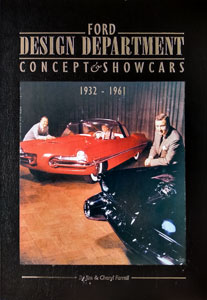
Ford Design Department—
Concepts & Showcars
1999, 10×13, 400 pages, Fully indexed
900 photos. Includes 150+ designers and sculptors, and highlights 100 concept cars.
ISBN 0-9672428-0-0
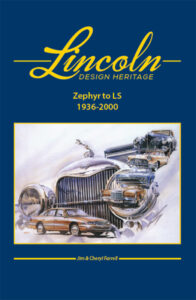
Lincoln Design Heritage:
Zephyr to LS (1936-2000)
2021, 10×13, 480 Pages, Fully Indexed
1,600 photos and illustrations
ISBN 978-0-9672428-1-1
The Ford book is $50 plus $7 S&H (US). The Lincoln book is $85 plus $10 S&H (US). Both books bought together are $110 plus $17 S&H (US). To order, email: cfarrell57@gmail.com

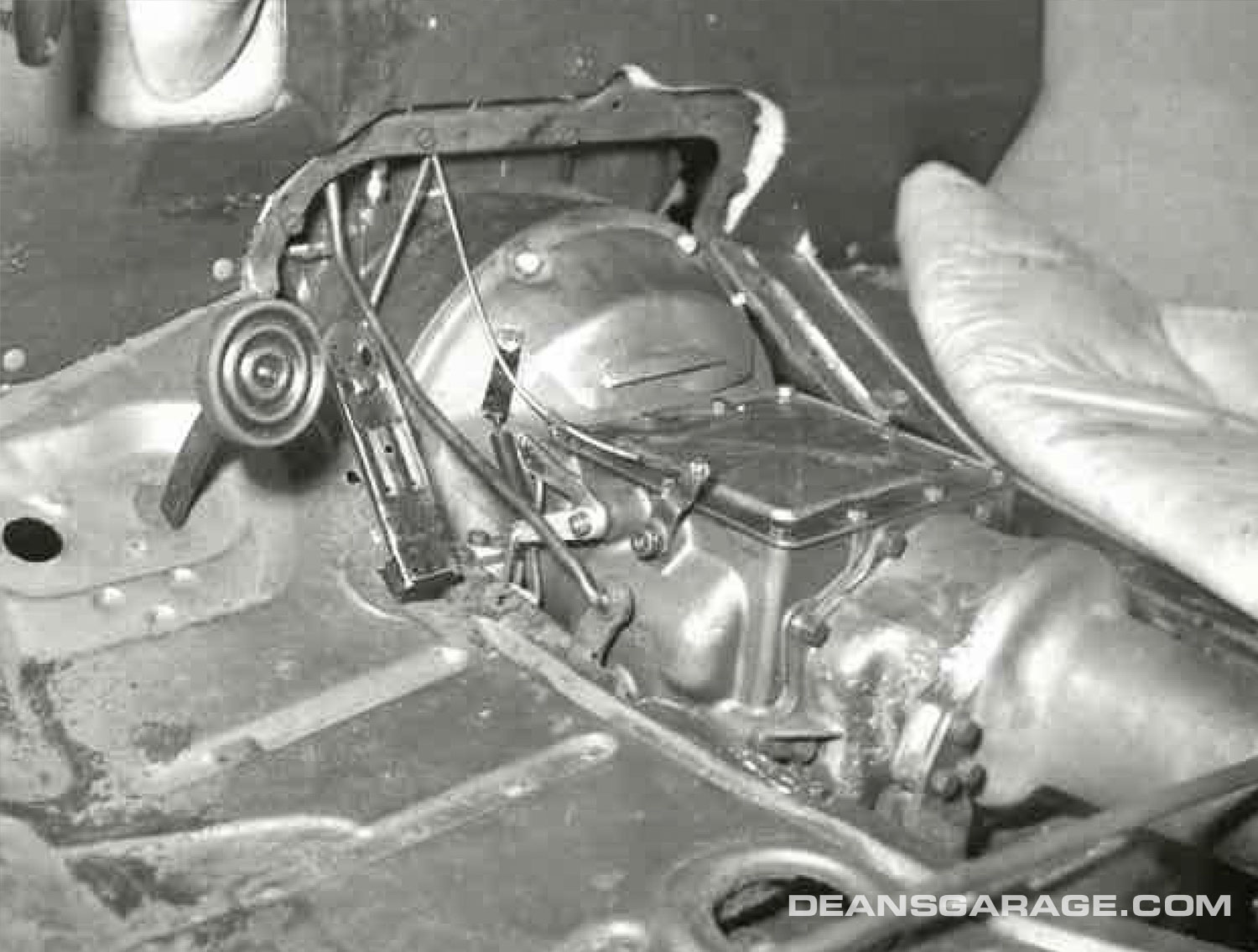
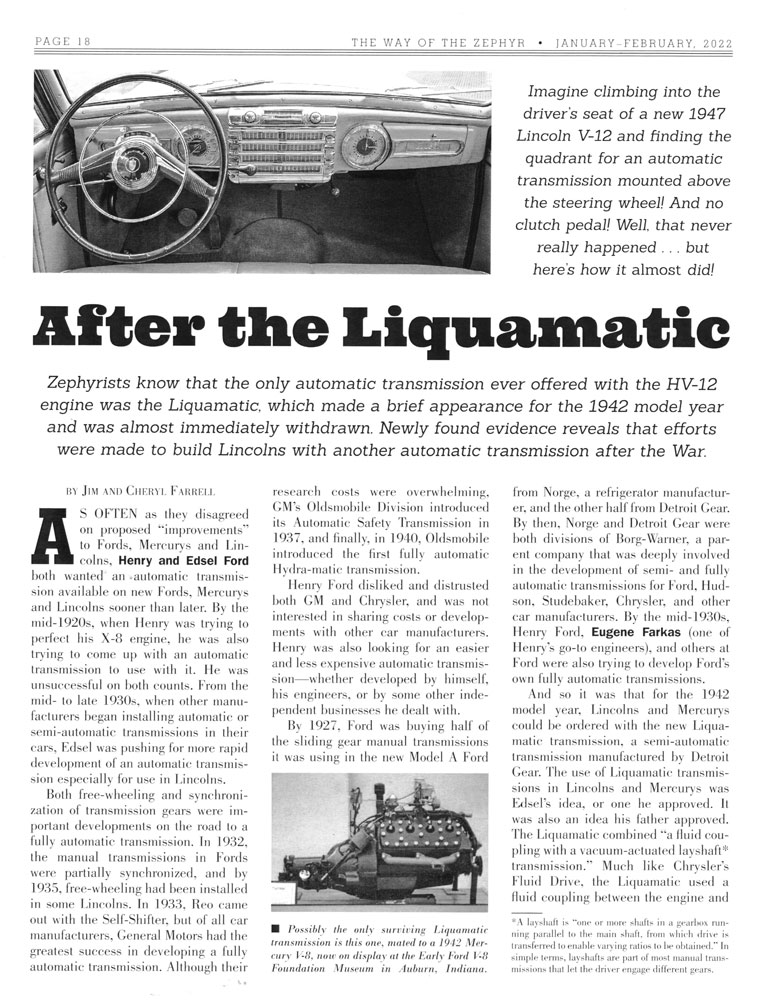
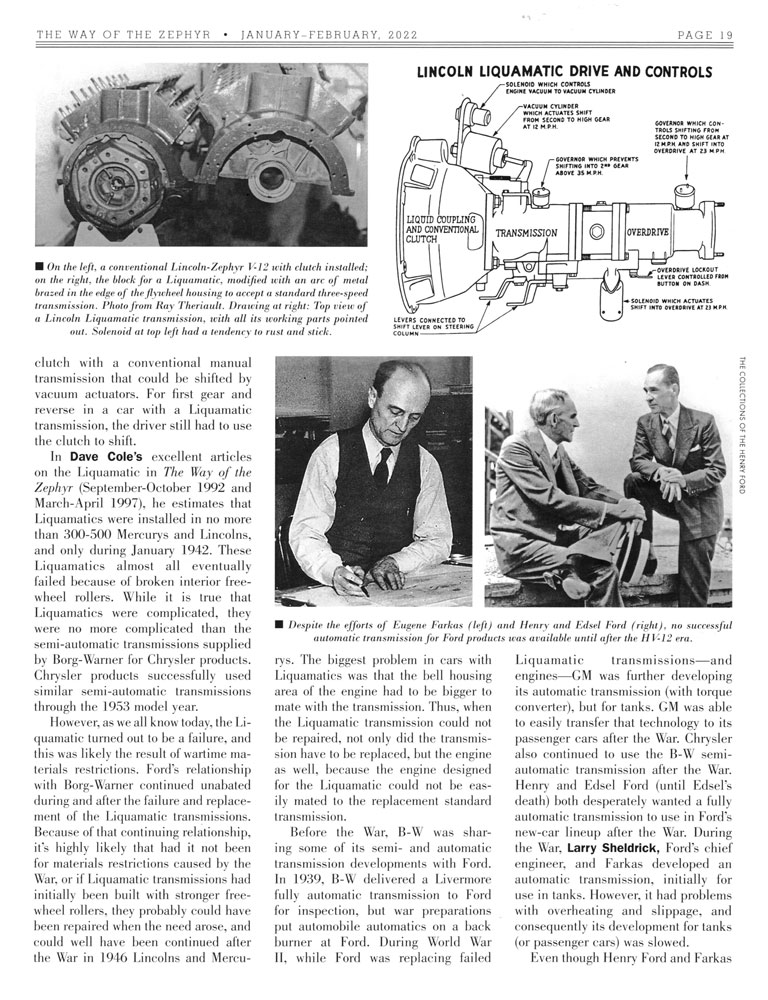
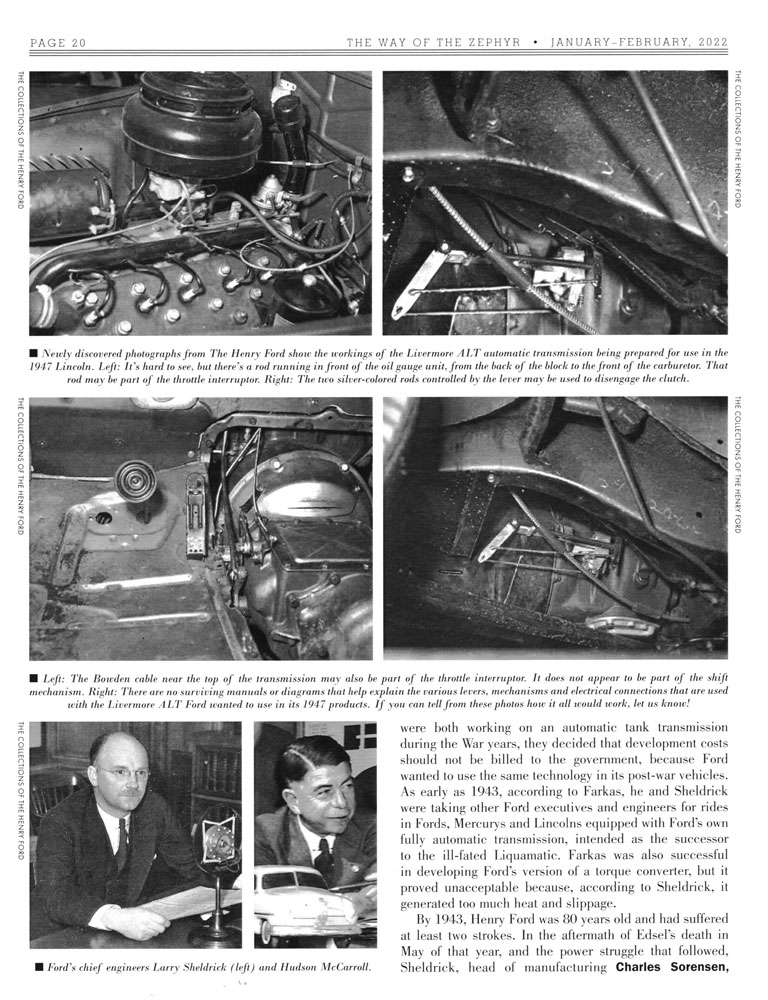
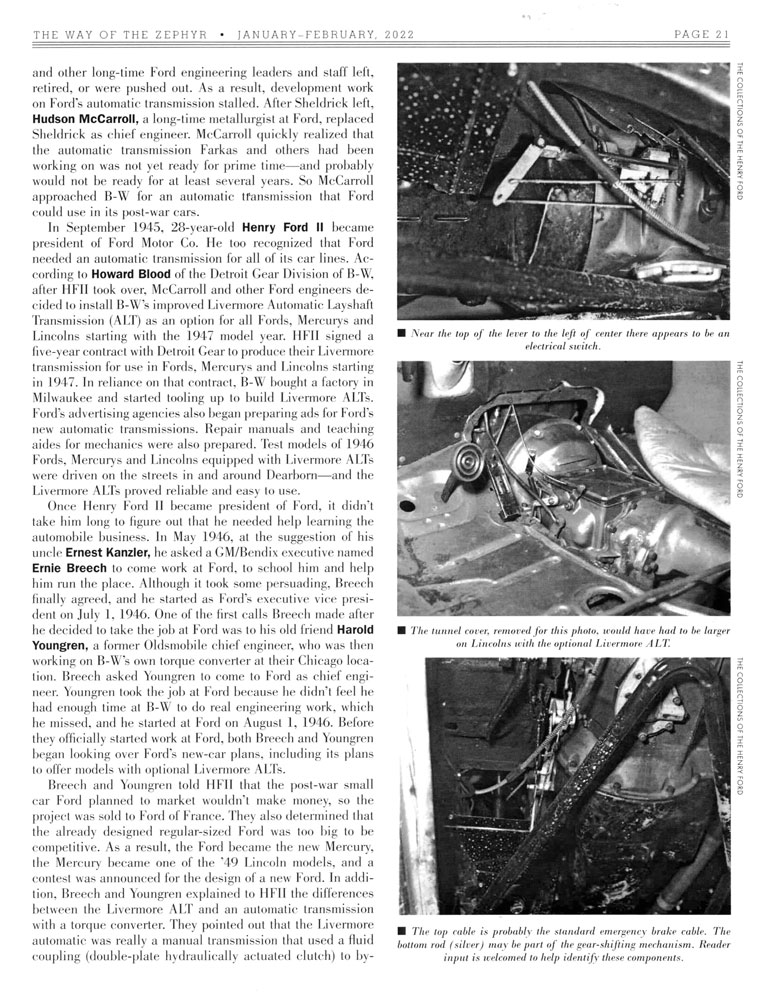
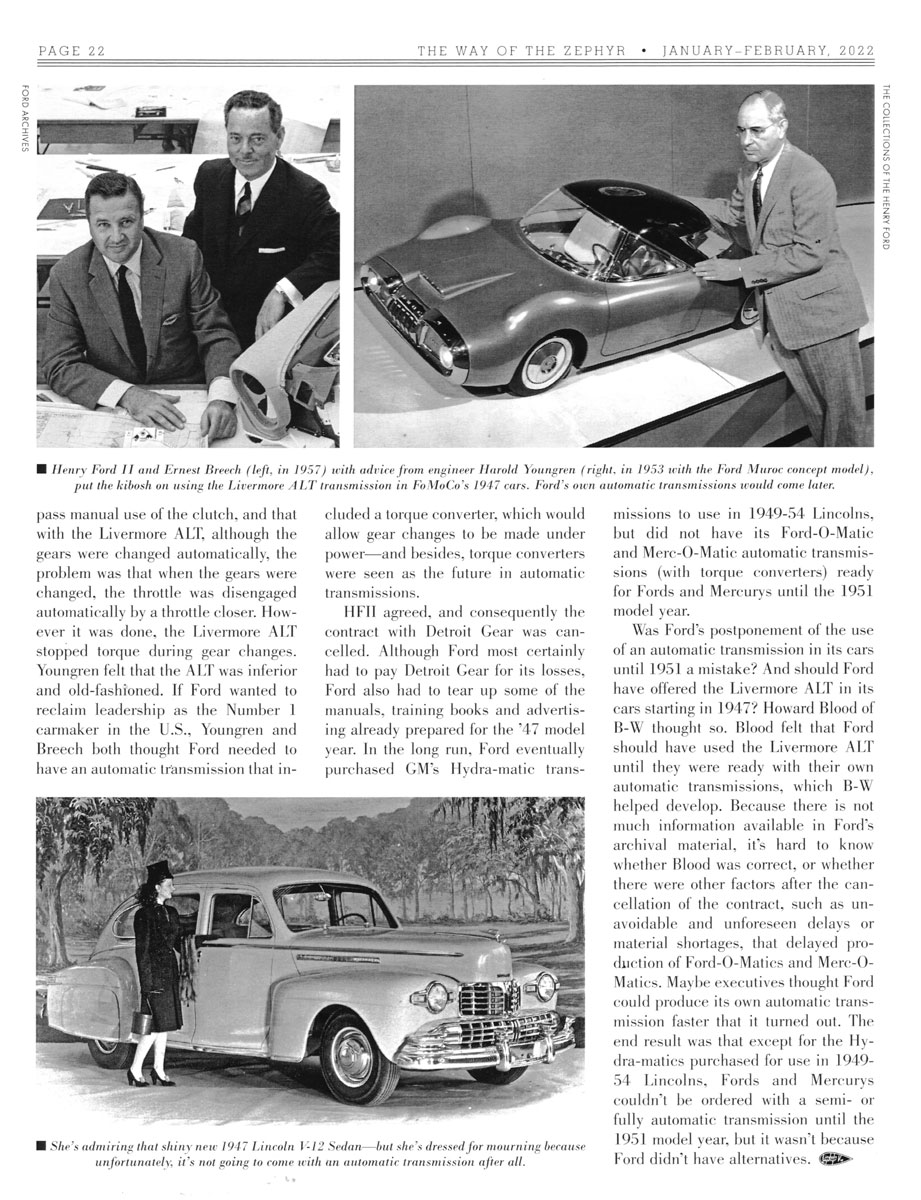
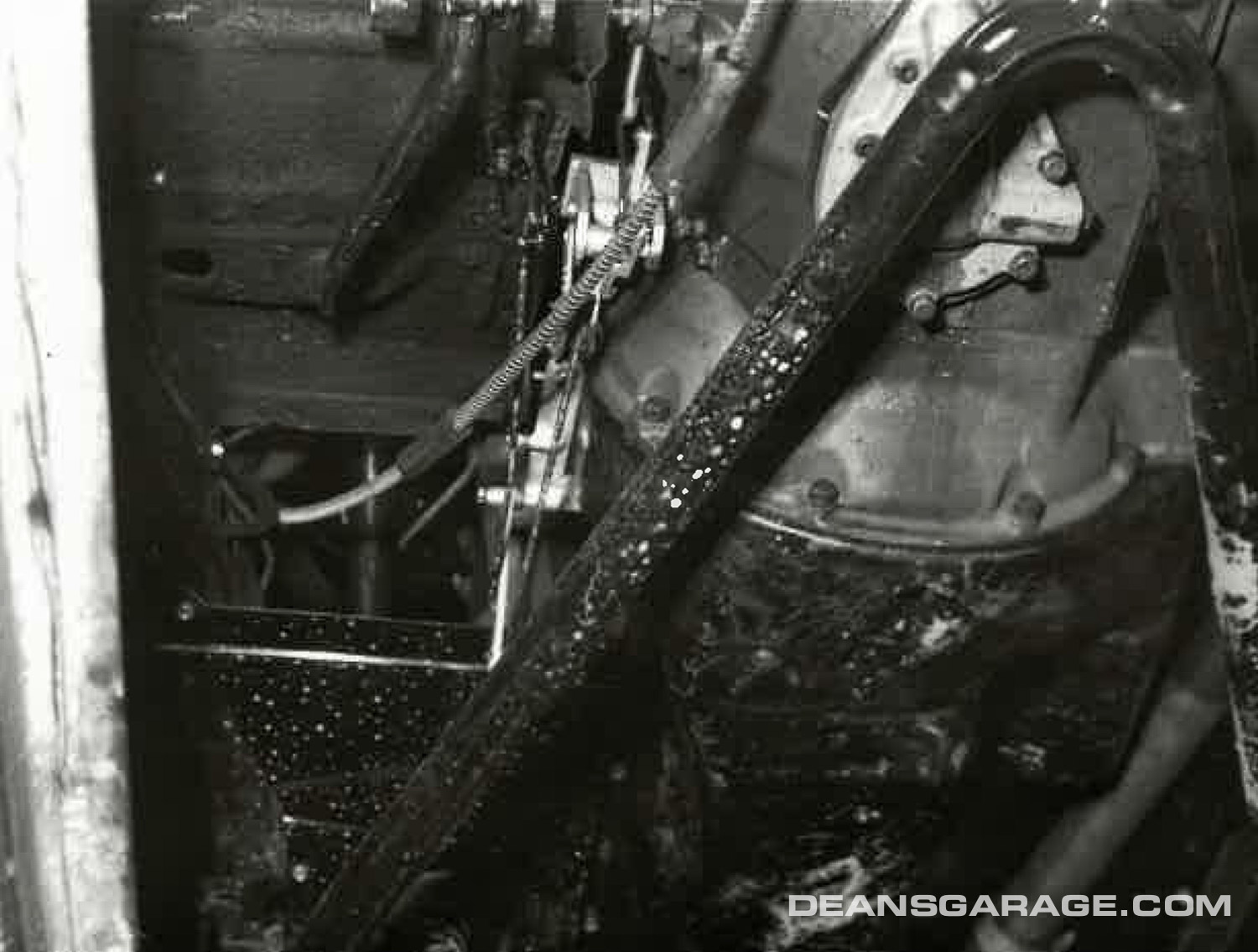
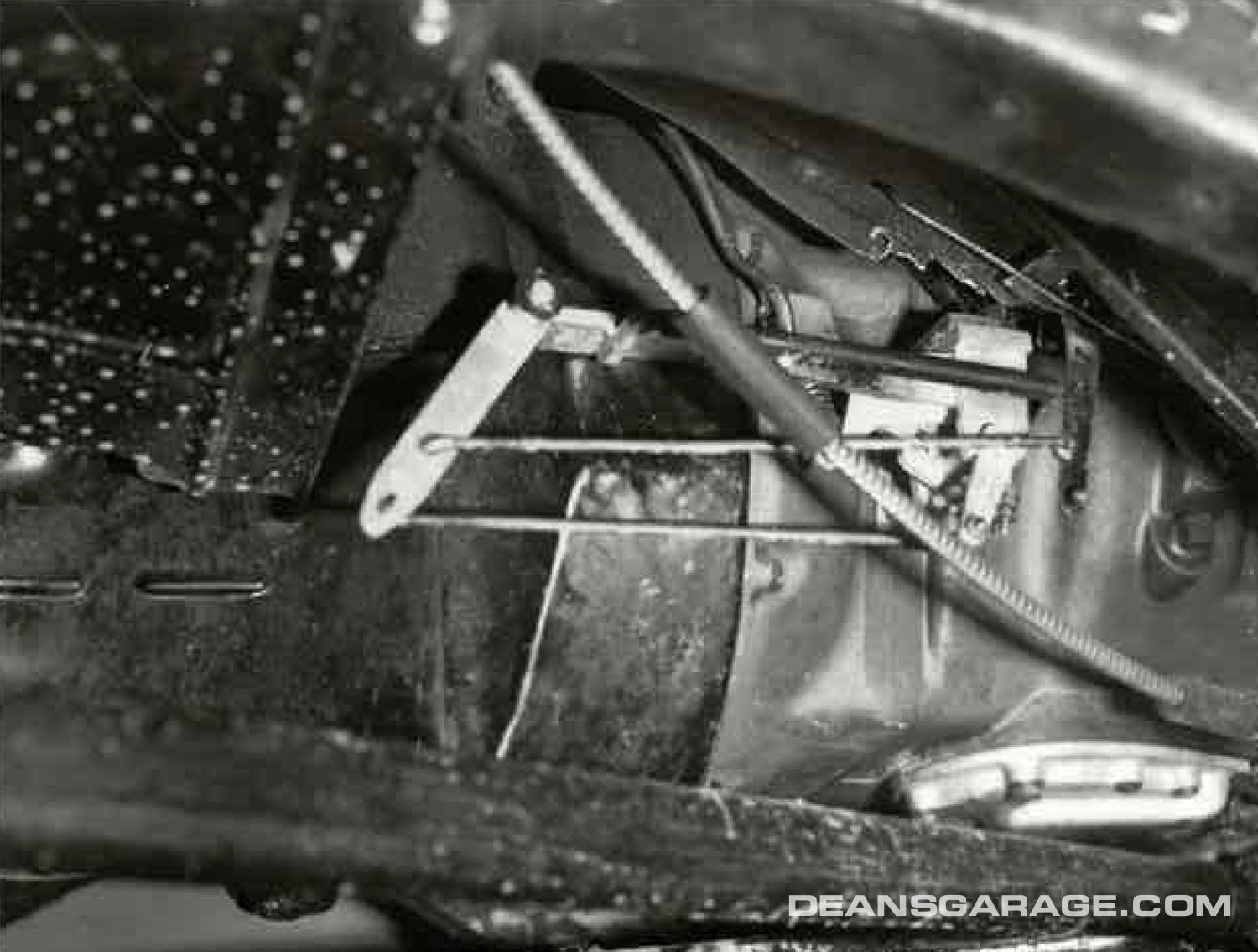
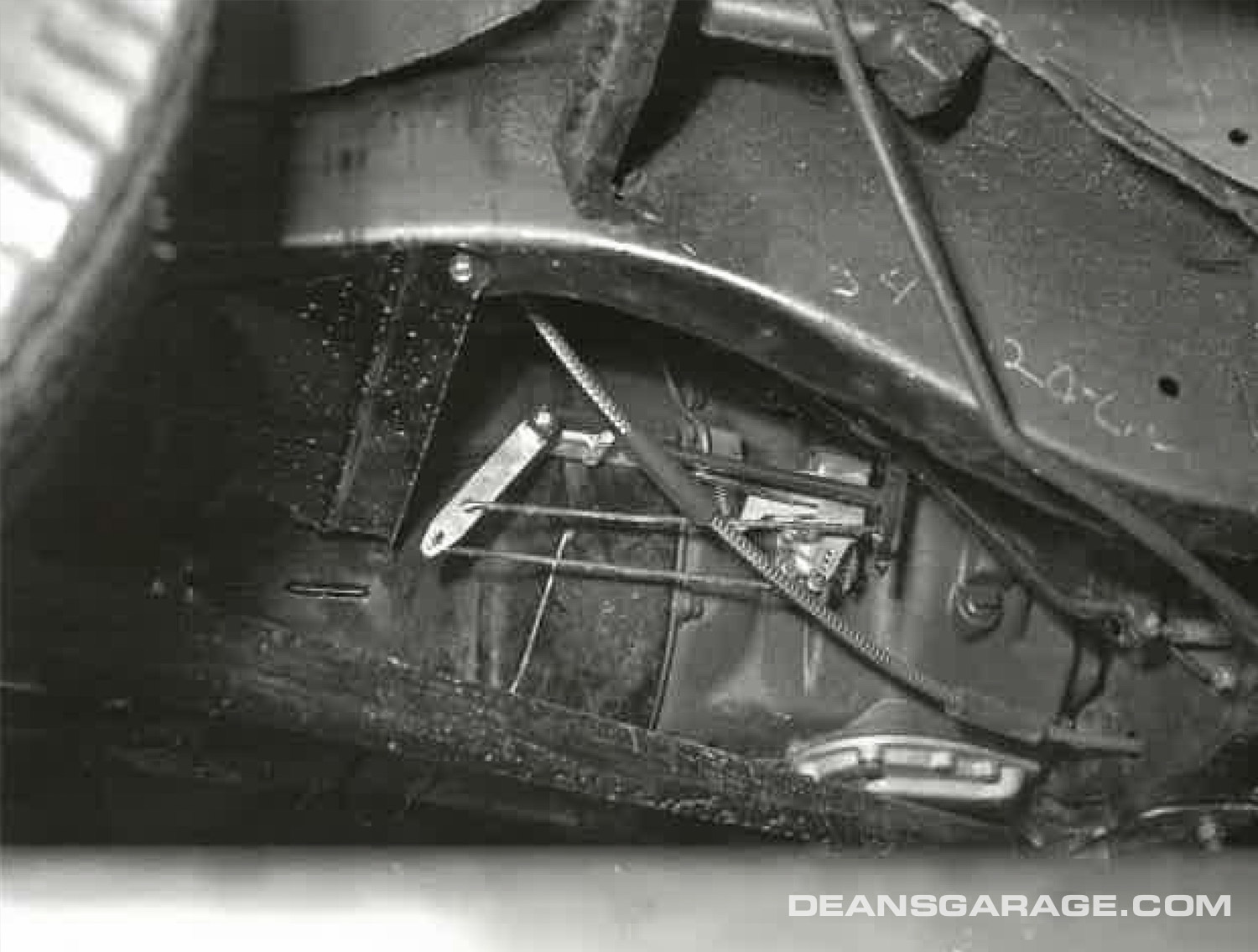
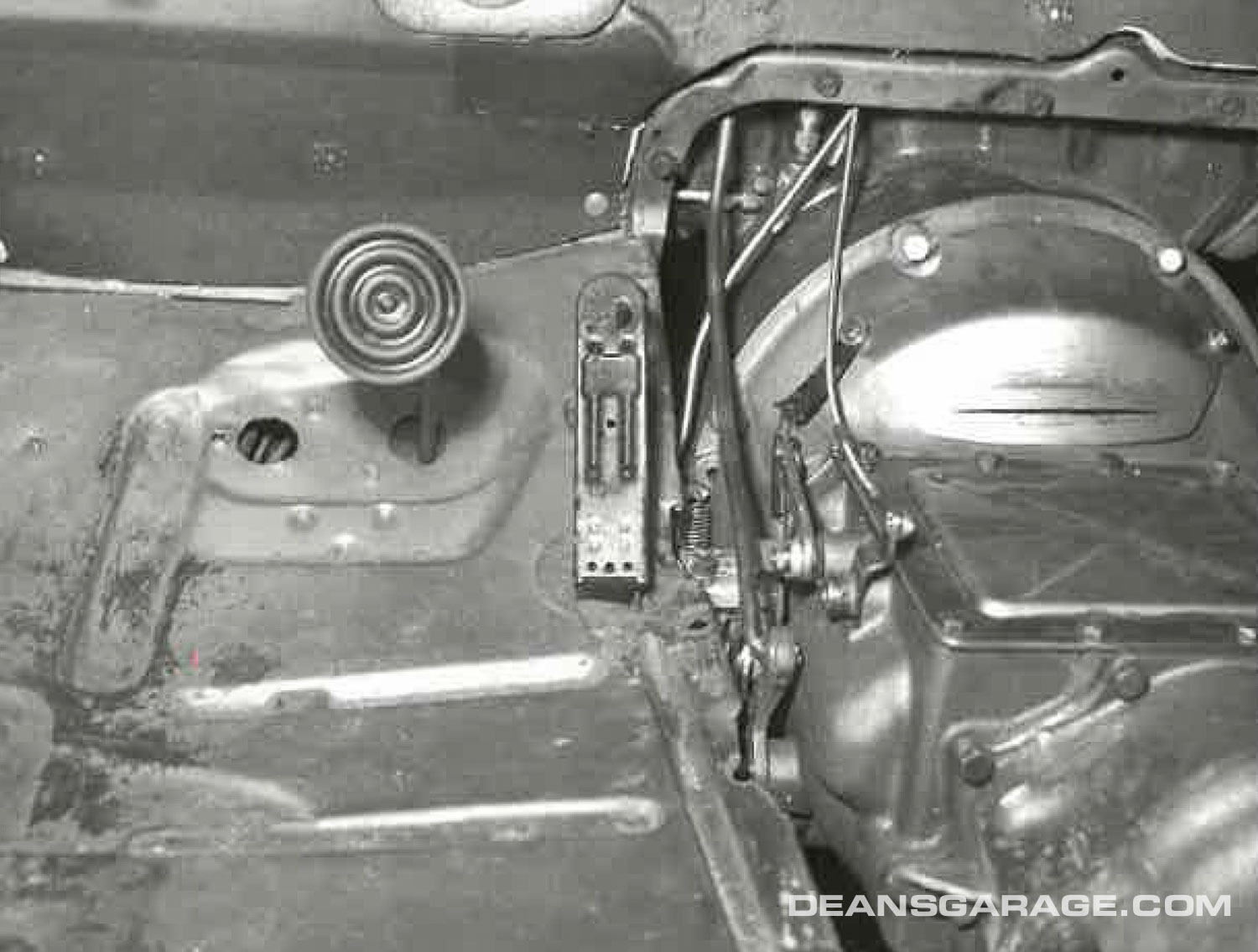
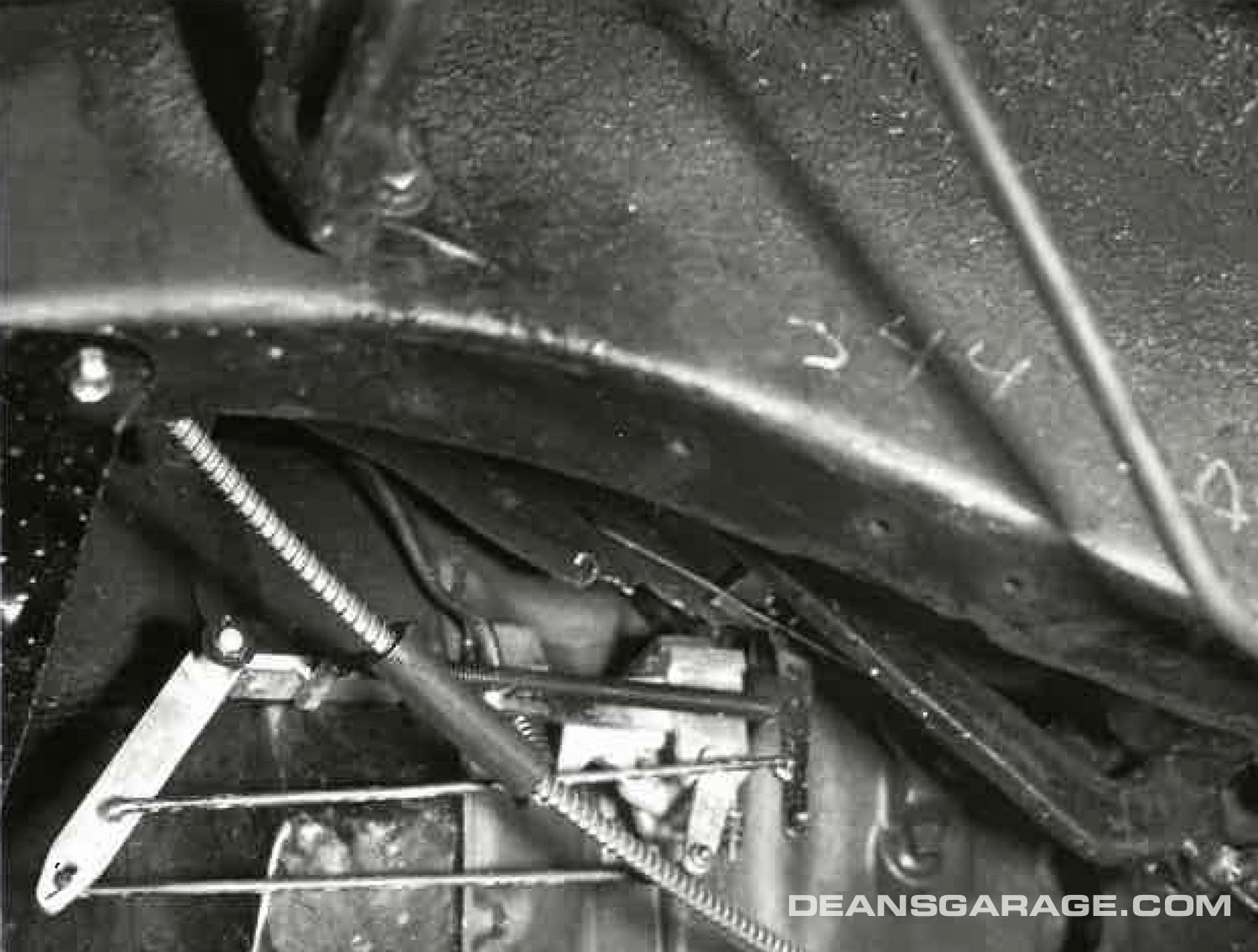
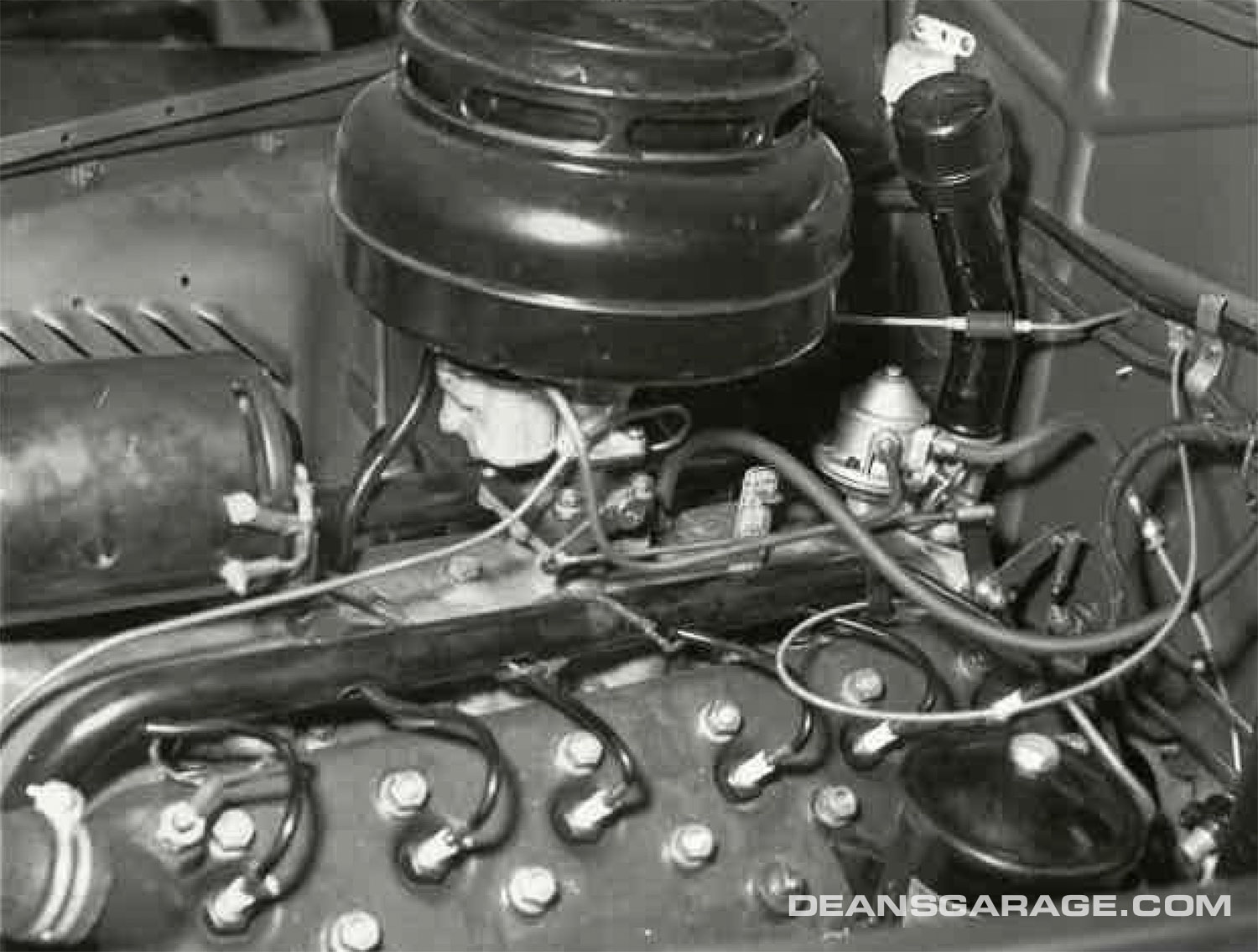
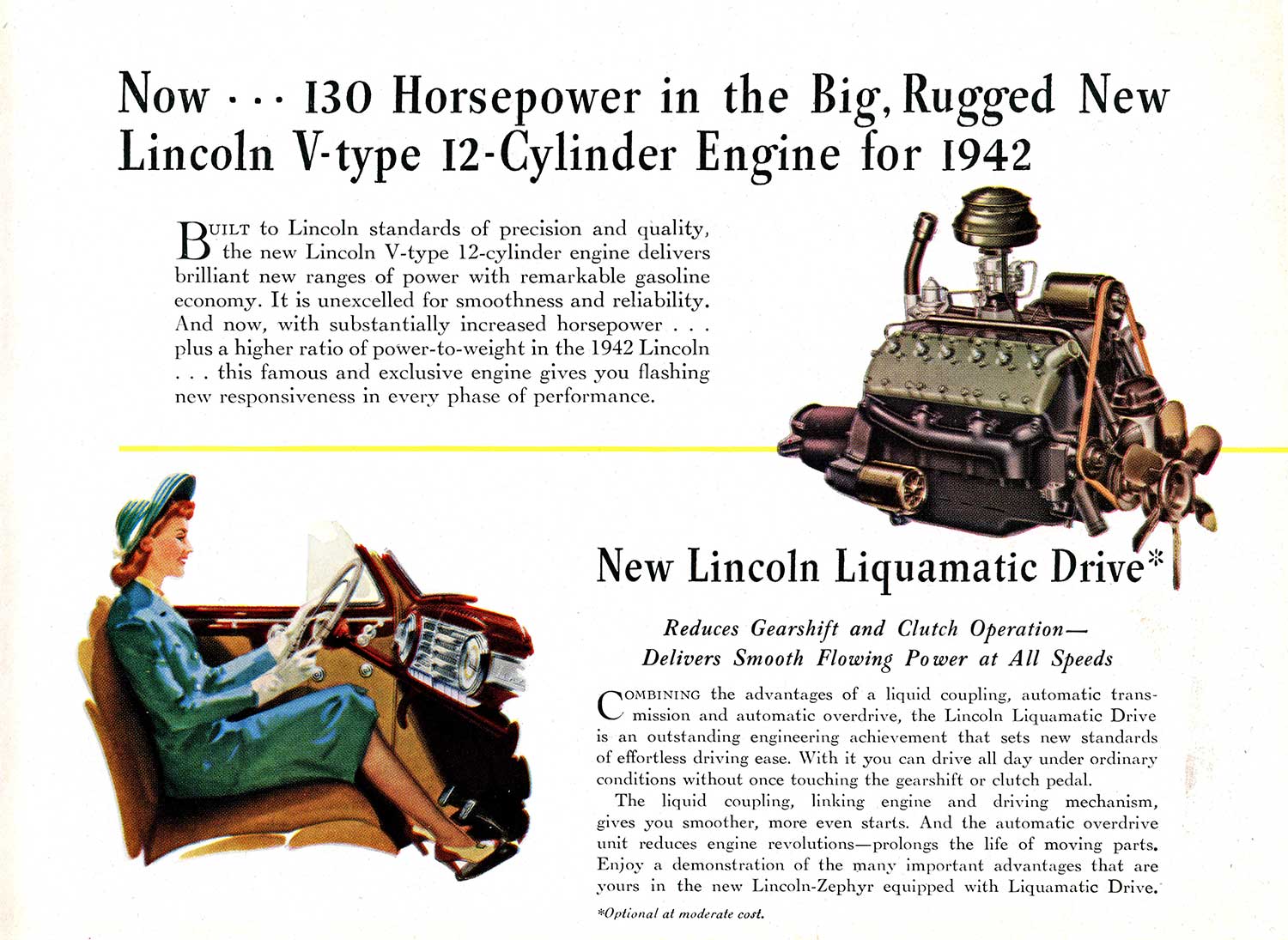
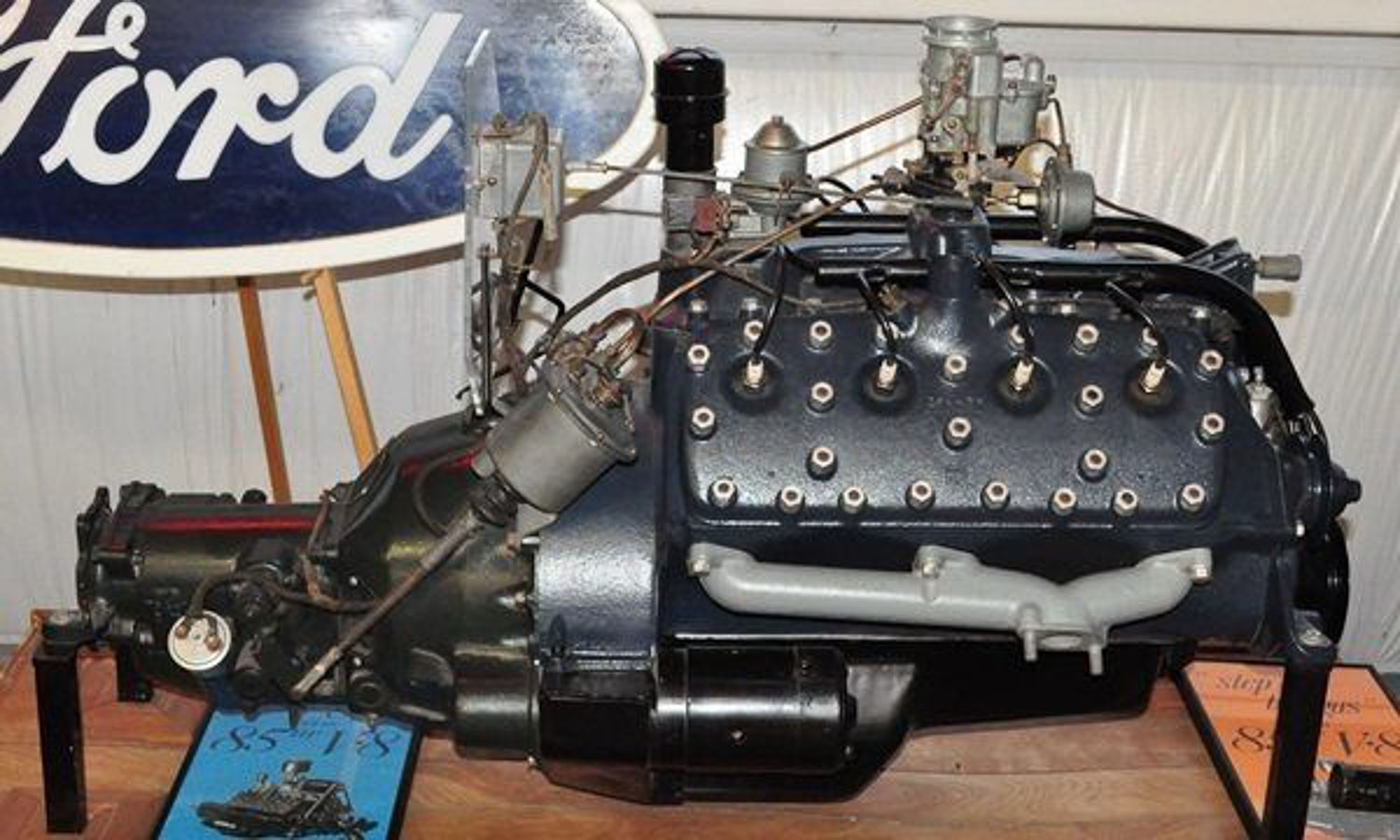
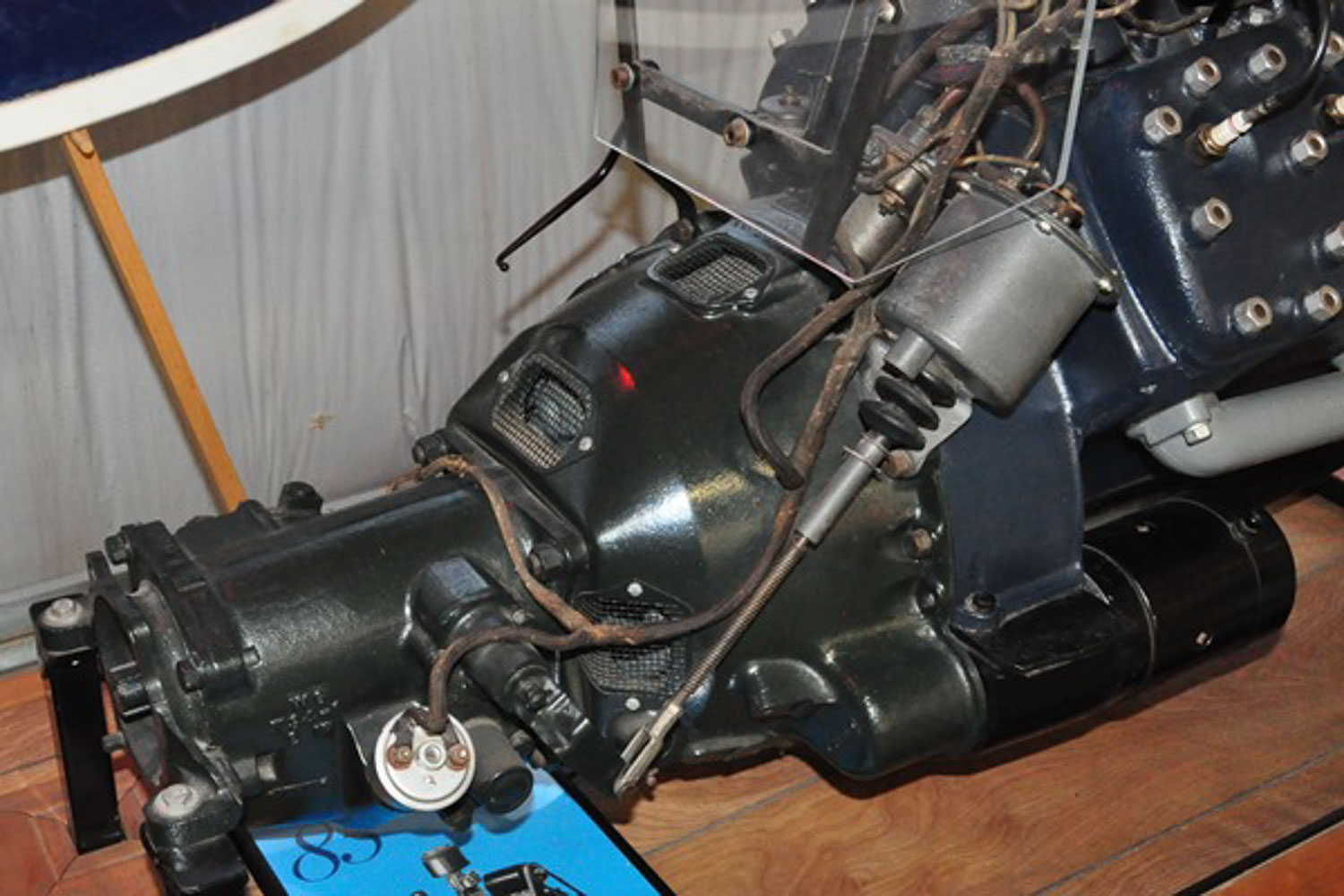
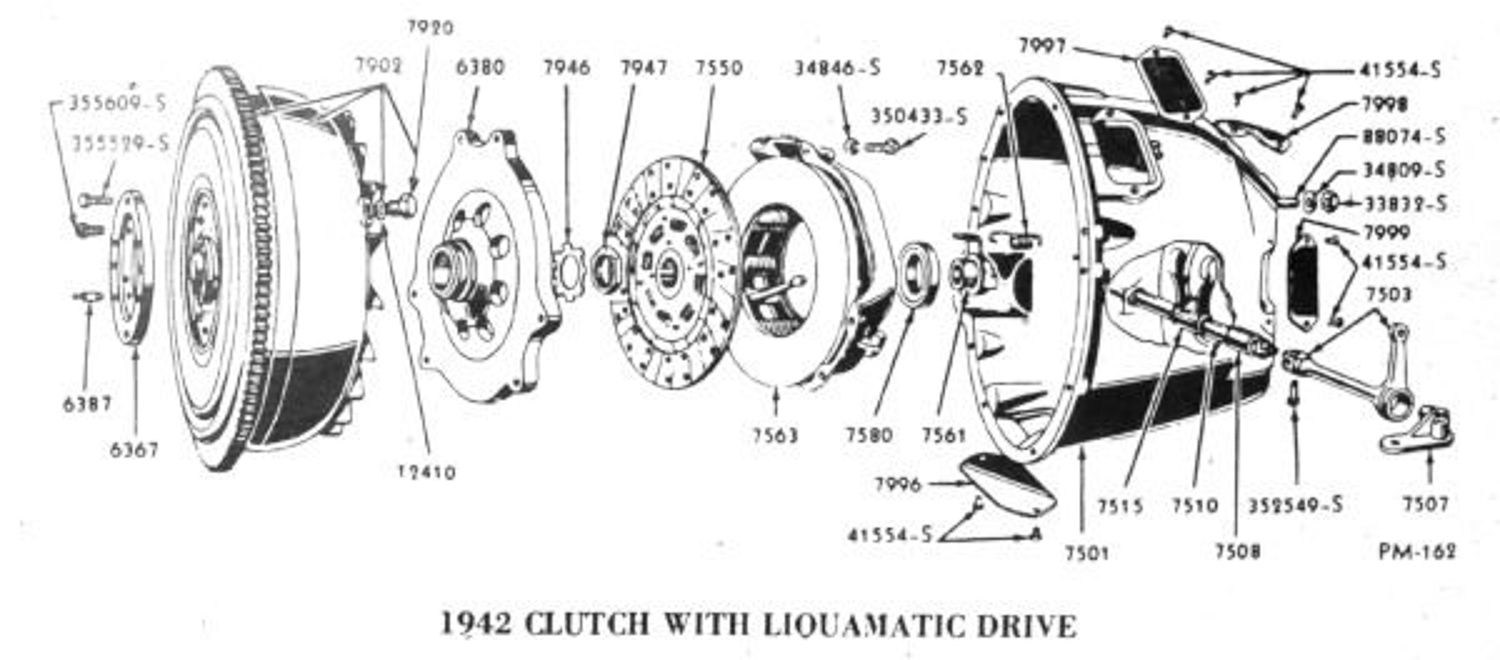
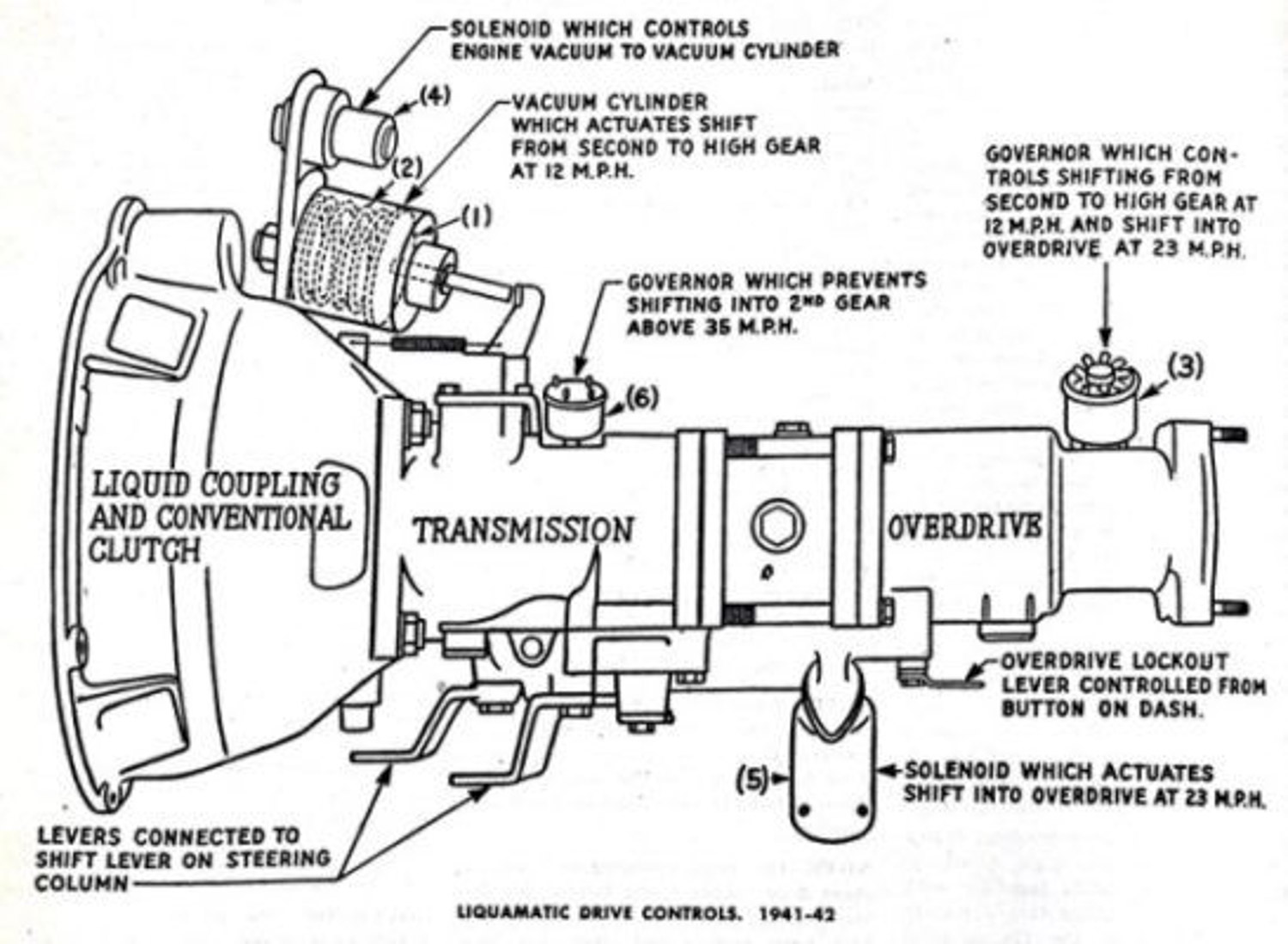
FYI it’s Gene Farkas.
And 70 years later Ford still can’t develop a FWD transmission to save Bill Ford’s behind. We’re it not for looking over GM’s shoulder the Ford six speed box wouldn’t be nearly as good as it is.
And the GM/FORD eight/ten speed automatics are just slightly better than unmitigated disasters.
“Save Bill Ford’s behind” ? Impossible. He can’t even find it with both hands………
I’m sure I’ll have lots of detractors but I’ve said for decades, and still maintain, the worst event to impact automobile and traffic safety was the invention of the automatic transmission.
Unless I’m missing a trick, I cannot get the pages shown as pictures to enlarge enough to make them easily readable. Right-clicking to open them in a new tab or to download seems to be disabled. Does anyone have any advice?